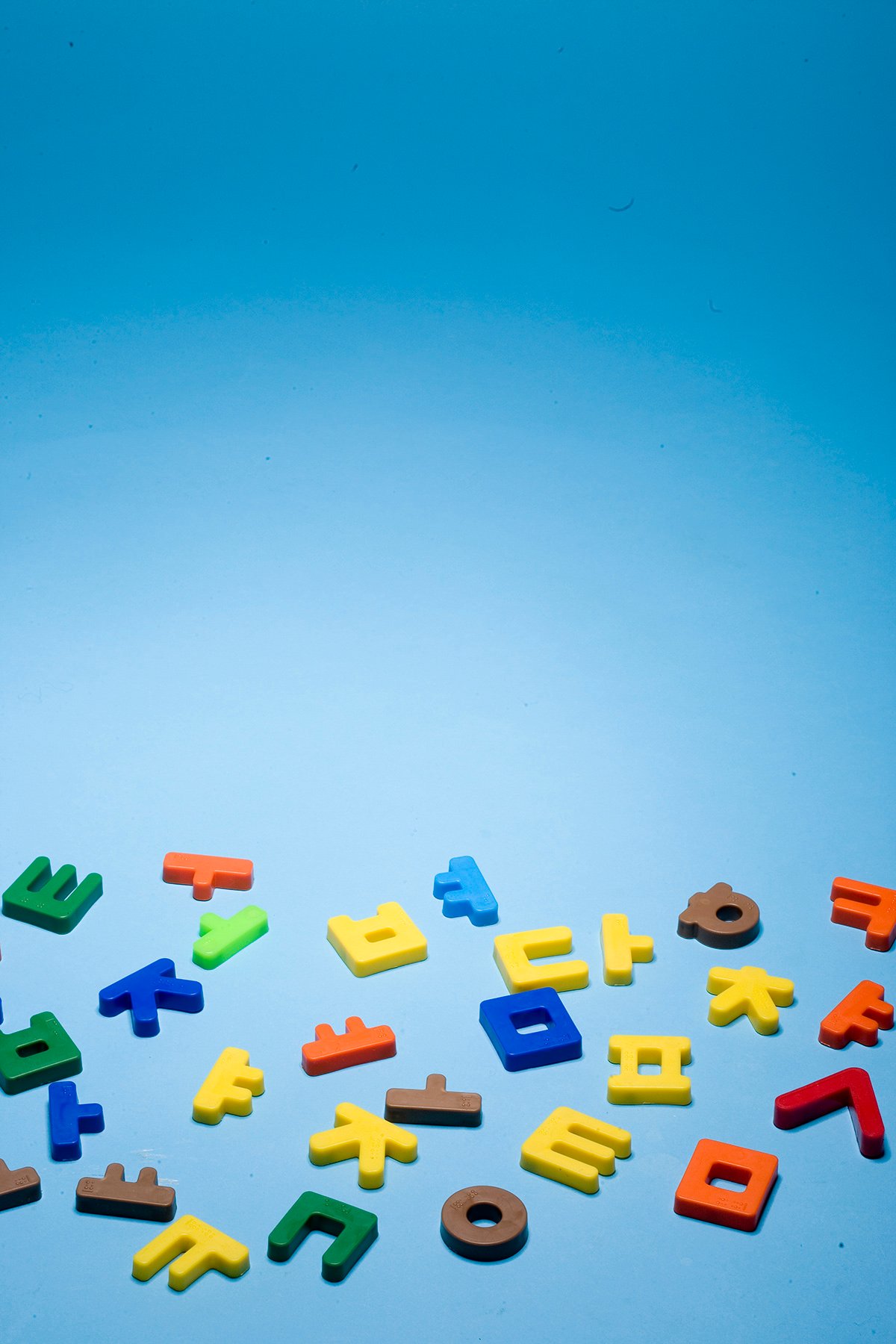Korean Consonants and Vowels: King Sejong’s creation of Hangeul in 1443 was a significant milestone in Korean history, and UNESCO’s recognition of Hunminjeoneum (Haerye) in its Memory of the World Register and the establishment of the UNESCO King Sejong Literacy Prize are a testament to its importance in promoting literacy and education. With a population of about 77 million speakers worldwide, Korean is a widely spoken language, ranking 13th in the world.
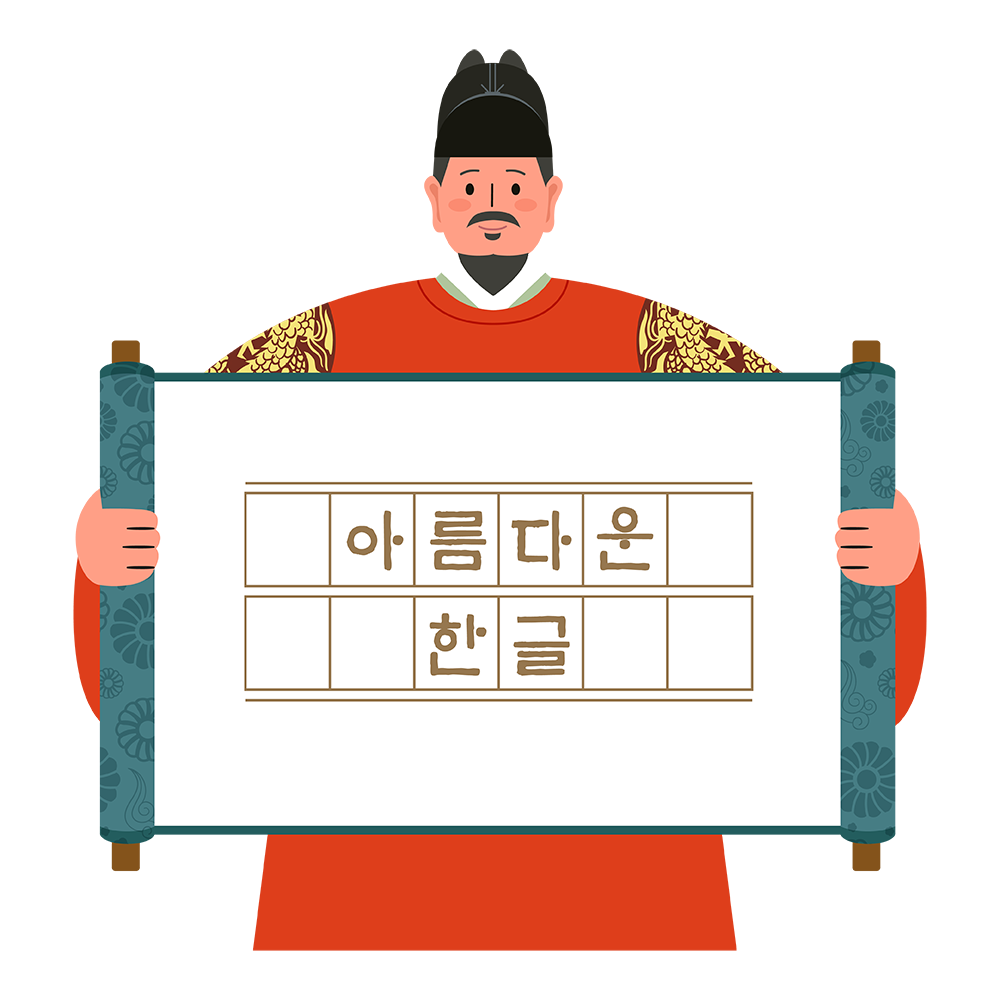
In the vast realm of linguistics, the beauty and complexity of each script unfold a unique story. Among these, the Korean writing system, known as Hangul, stands out for its elegant blend of consonants and vowels, creating a symphony of characters that form the backbone of the Korean language. Let’s delve into the intricacies of Hangul, exploring its foundations and nuances.
The Building Blocks: Consonants in Hangul
Artistry of Korean Consonants
In the symmetrical dance of linguistic artistry, Korean consonants take center stage. The script boasts 14 basic consonants, each meticulously crafted to represent the diverse range of sounds present in the Korean language. From the aspirated ‘ㅍ’ to the resonant ‘ㄹ’, each character embodies a unique phonetic identity, contributing to the melodious cadence of spoken Korean.
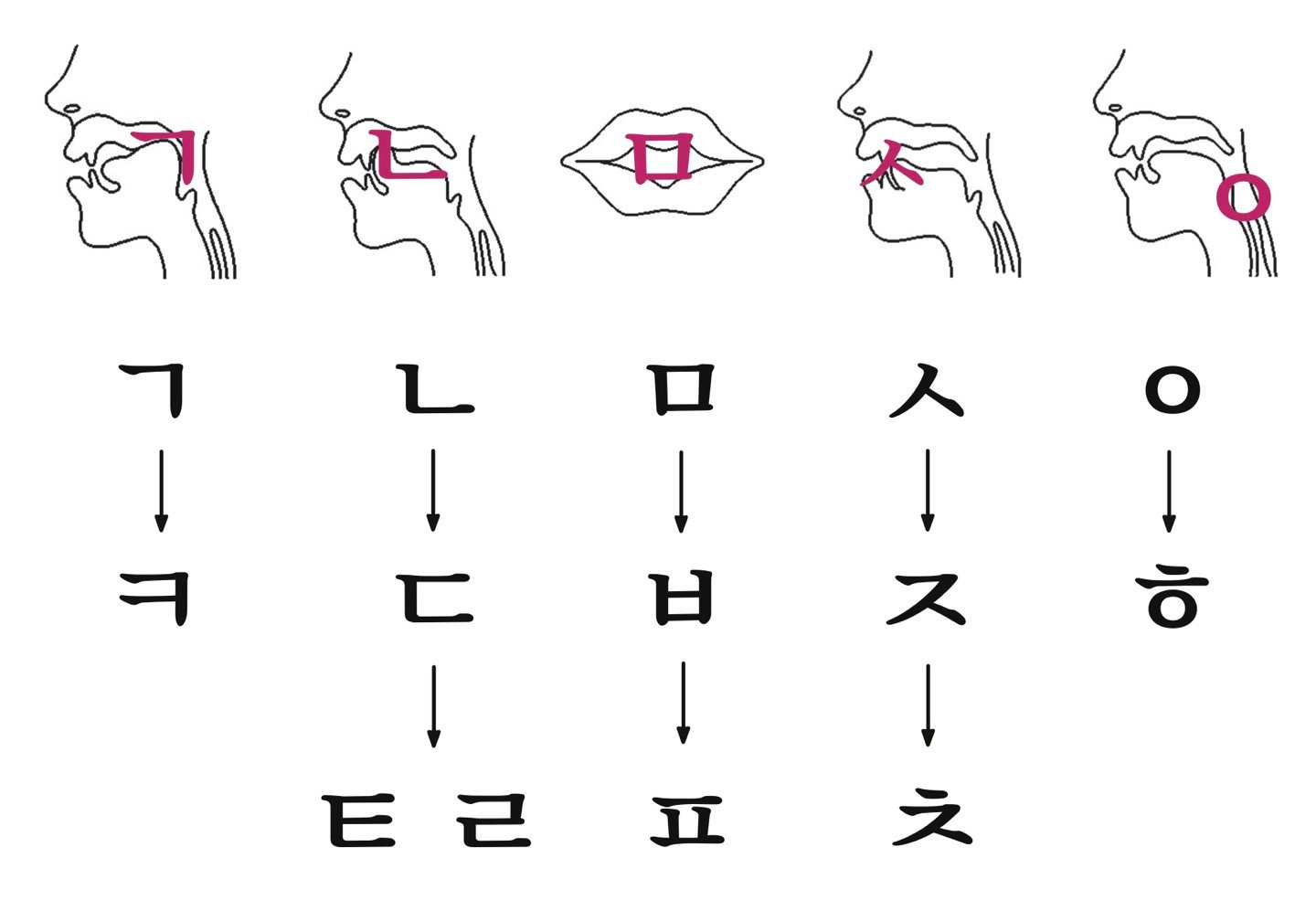
Phonetic Precision
One distinguishing feature of Korean consonants lies in their adaptability to diverse phonetic contexts. Unlike some languages, where a single letter might have a fixed sound, Korean consonants showcase their versatility by adapting their pronunciation based on their position within a syllable. This inherent flexibility enhances the expressiveness and fluidity of spoken Korean.
Harmony Unleashed: The World of Hangul Vowels
About the creation of the cardinal vowels in Hangeul. It’s fascinating to know that they were inspired by the concepts of heaven, earth, and human. The combination of these different vowels allowed for the creation of a diverse range of vowel sounds in the Korean language.

Elegance in Diversity
In the mosaic of Hangul, vowels add a layer of elegance and complexity. The system comprises ten basic vowels, each meticulously crafted to capture the nuances of Korean pronunciation. From the open and bright ‘ㅏ’ to the rounded and sonorous ‘ㅓ,’ the vowels form an indispensable part of the Korean linguistic canvas.
Syllabic Dance
A unique aspect of Hangul is its structure of syllables, where vowels play a pivotal role. Unlike some writing systems that separate consonants and vowels distinctly, Hangul integrates them seamlessly within a syllabic block. This integration allows for a harmonious dance between consonants and vowels, creating a visual and phonetic symphony.
Digging Deeper: Combining Consonants and Vowels
Syllabic Blocks: A Fusion of Sounds
The magic of Hangul unfolds when consonants and vowels come together to form syllabic blocks. Each block represents a distinct sound, offering a systematic and visually intuitive way to grasp the intricacies of the Korean language. Understanding the art of combining these elements is akin to unlocking a linguistic treasure chest.
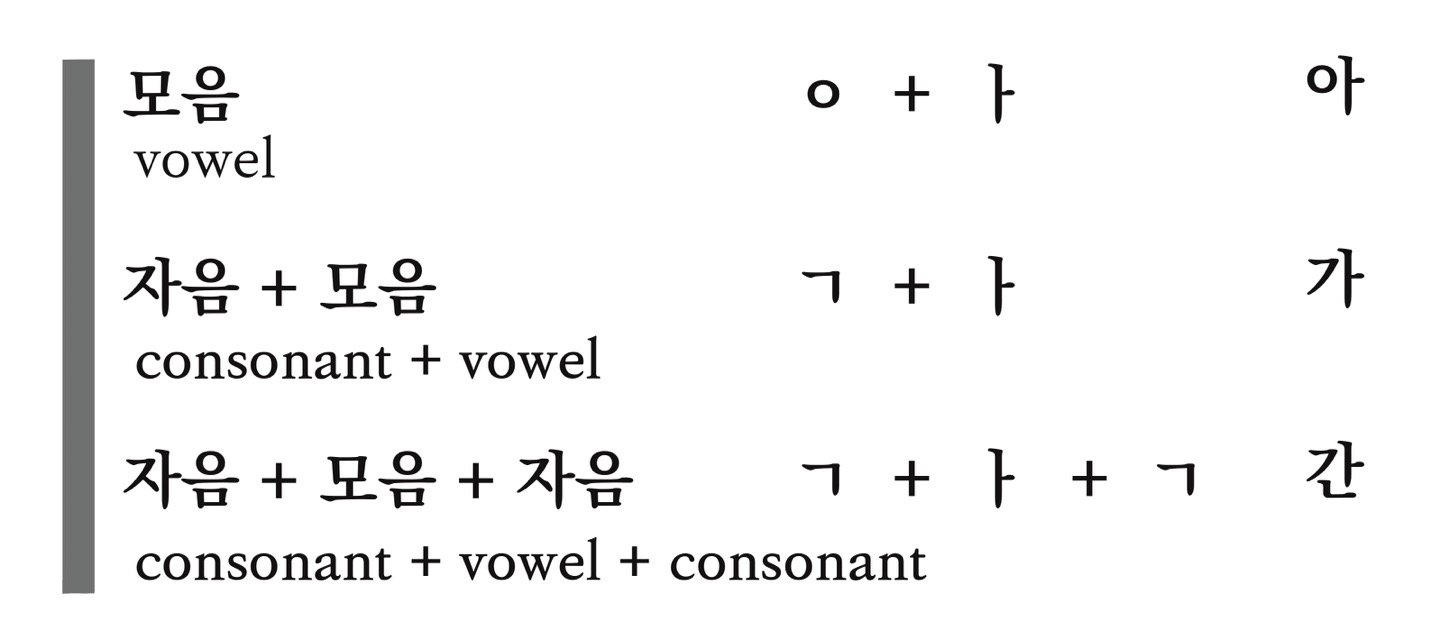
Double Consonants and Complex Vowel Combinations
Hangul’s richness extends further with the inclusion of double consonants and complex vowel combinations. The double consonants provide a sharper and more emphatic sound, adding depth to pronunciation. Meanwhile, intricate vowel combinations, such as diphthongs, enrich the language’s phonetic palette, allowing for a nuanced expression of emotions and meanings.
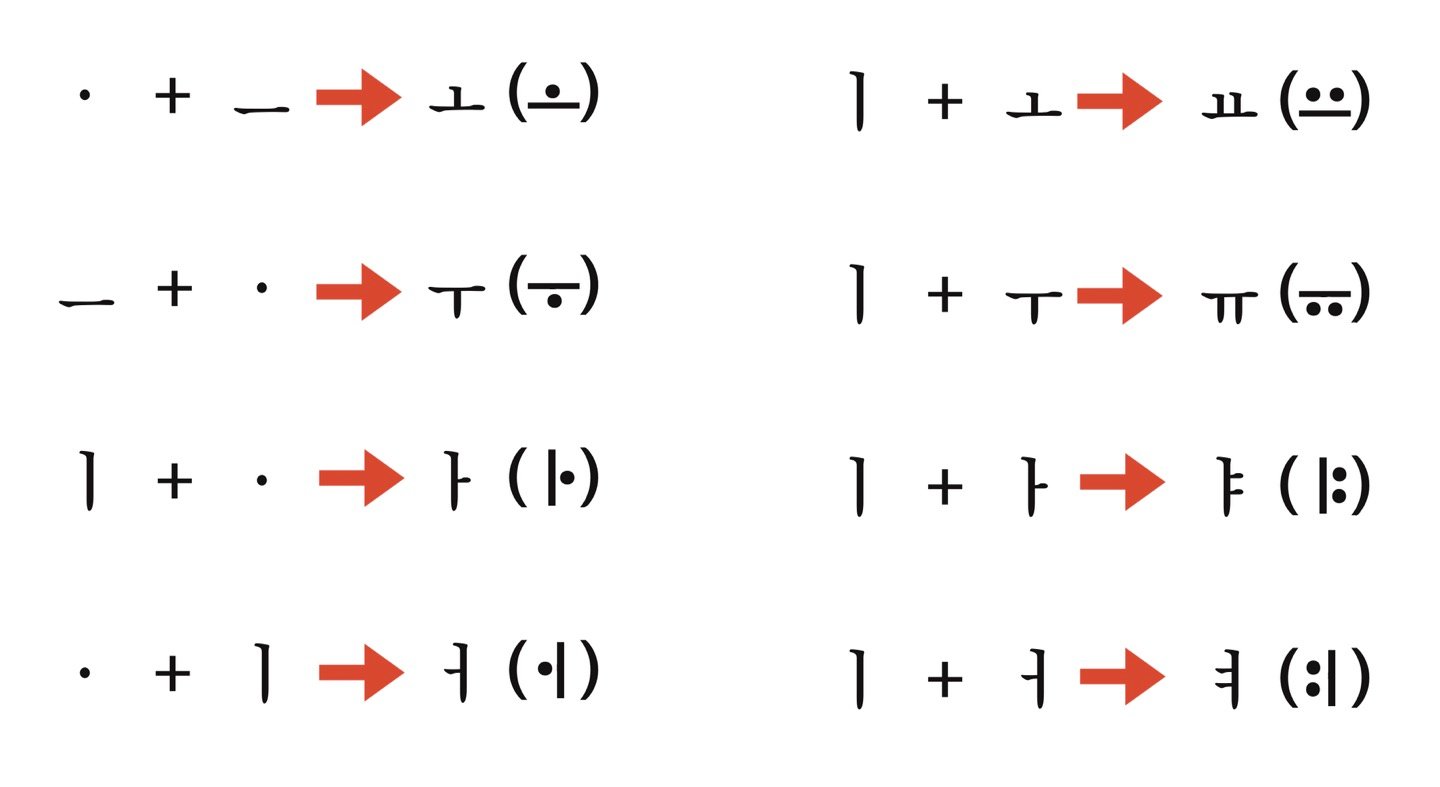
Practical Insights: Learning and Mastering Hangul
Resources for Learning Hangul
Embarking on the journey to master Hangul requires effective resources. Numerous online platforms and courses cater to learners at various levels. From interactive apps to comprehensive online courses, learners can choose the method that aligns with their preferences and pace.
Practice Makes Perfect
Consistent practice is key to mastering any language, and Hangul is no exception. Engaging in regular reading, writing, and speaking exercises enhances familiarity and fluency. Language exchange programs and conversation groups provide valuable opportunities to apply newfound knowledge in real-life scenarios.
Conclusion: A Harmonious Tapestry of Sounds
In the intricate world of Hangul, consonants and vowels come together to create a harmonious tapestry of sounds. Understanding the artistry behind each character unveils the linguistic richness embedded in the Korean writing system. As you embark on your journey to explore Hangul, embrace the beauty of its script, and let the consonants and vowels guide you through the vibrant landscape of the Korean language.

